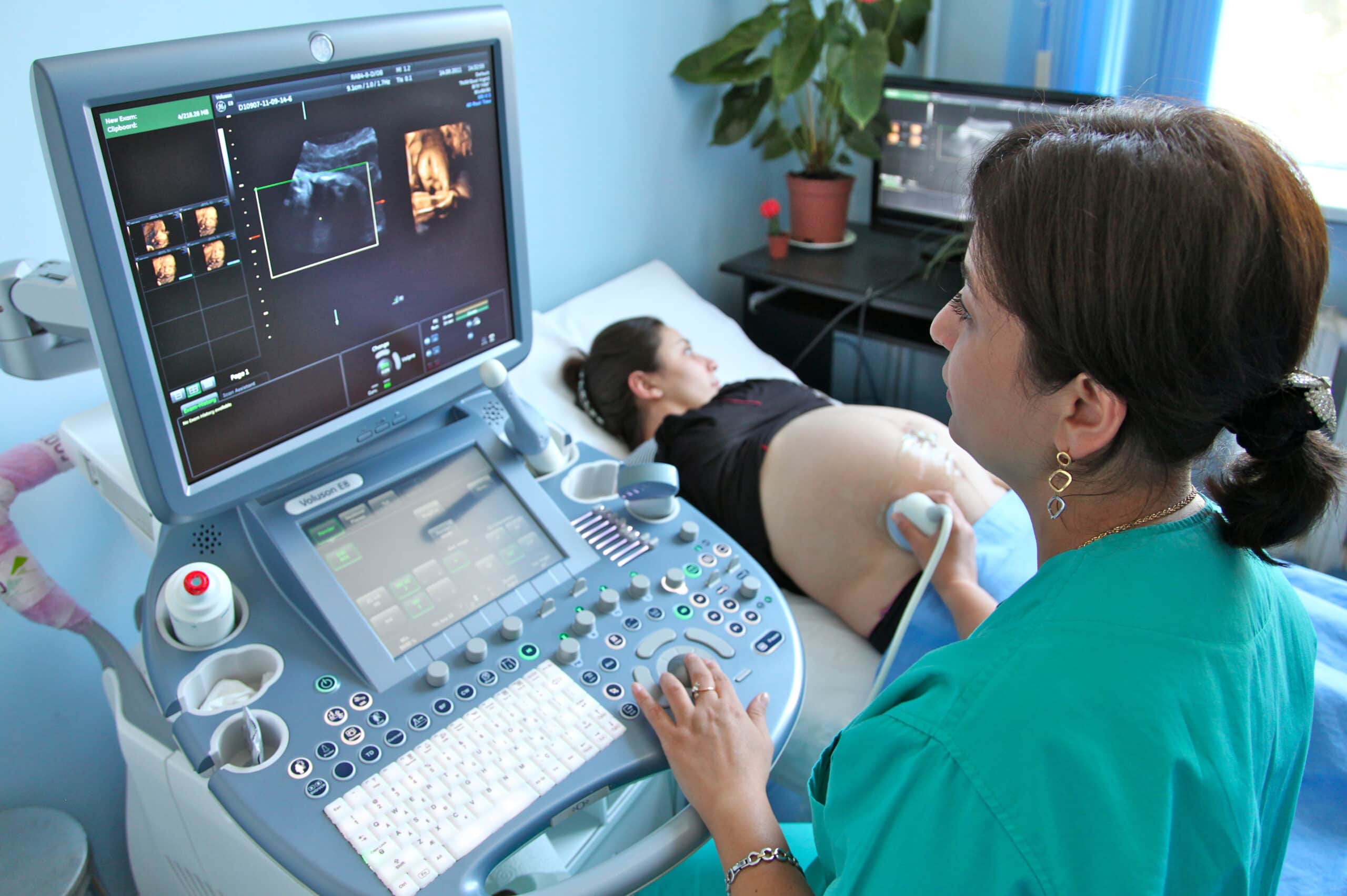There were an estimated 2 million stillbirths in 2019. The importance of these deaths, both in terms of their overall number and their impact on women, families, health professionals and wider society, is increasingly being recognized. It has also been widely accepted that stillbirths are largely preventable when women have improved access to high-quality care along the continuum from pre-conception to childbirth. While most governments now recognize that stillbirths are mostly preventable, large gaps exist in national- and global-level data on stillbirth. In order to end these unnecessary deaths by 2030, urgent investments are needed to improve the data on this often overlooked aspect of child mortality.
Data and stillbirth
Stronger data allow us to better understand the distribution of the burden of stillbirth and of the closely related burdens of maternal and newborn morbidity and mortality, and to target interventions accordingly. Improvements are not only needed in the collection of data to count and classify these deaths – including birthweight, gestational age and vital status at birth – but also in data that capture the contextual conditions that contribute to stillbirths.
High-quality comparable data can be utilized in many important ways: They can facilitate review of progress in reducing stillbirths that occur during deliveries at health facilities, allow regional and international comparisons to be made, improve clinical practice and epidemiological and health surveillance, and focus limited programmatic and research funds. Collecting information on timing of stillbirths — whether antepartum or intrapartum – is also an important quality-of-care indicator.
Challenges with data
Several challenges stand in the way of quality and comparable data on stillbirths, including omission of events and misclassification. With regards to omission, stillbirths may be missing from a data system completely, in cases, for instance, where no attempt is made to capture this information. In data systems that seek to reflect information on all births – both live births and stillbirths – births can still be missed for various reasons. These may include low levels of understanding and engagement in stillbirth reporting among health care workers and a failure of data systems to cover birth events among the most marginalized, especially when deliveries take place outside a health facility.
Misclassification of stillbirths as miscarriages or neonatal deaths is common. These errors may be inadvertent or deliberate, to avoid blame or additional paperwork, for example. In addition, inconsistent application of stillbirth definitions can also contribute to misclassification and thus impact comparability of stillbirth data. Including all births, whether live or stillborn, in a single data system is important in light of the substantial misclassification between stillbirths and very early neonatal deaths; while the underlying risk factors, cause of death, and public health interventions to address these deaths are similar, stillbirths are additionally associated with increased maternal morbidity and health care needs that may differ to those of very early neonatal deaths.
Scope of this guideline
This guideline seeks to support two specific audiences: (1) health care workers, to provide guidance on the data elements and indicators needed to collect high quality stillbirth data and data managers/public health professionals at local, regional and national level, to provide guidance on the data required to assess current stillbirth data quality and to execute relevant improvements to these data, thus driving informed policies to end preventable deaths.




